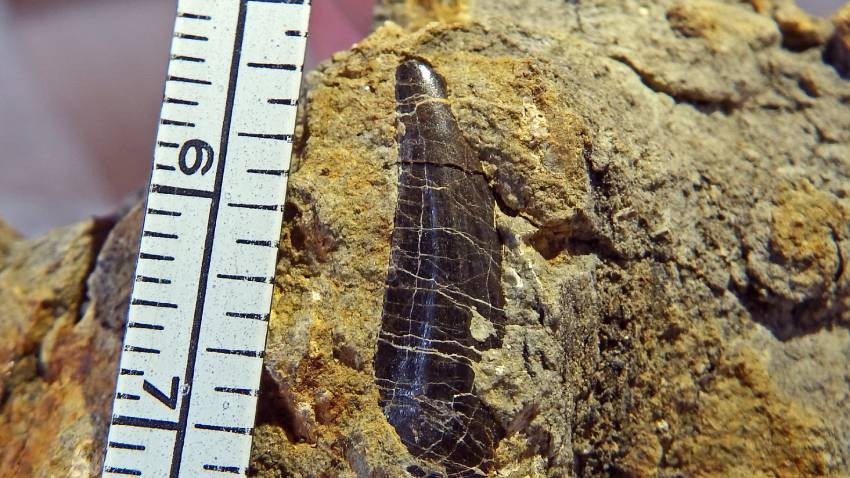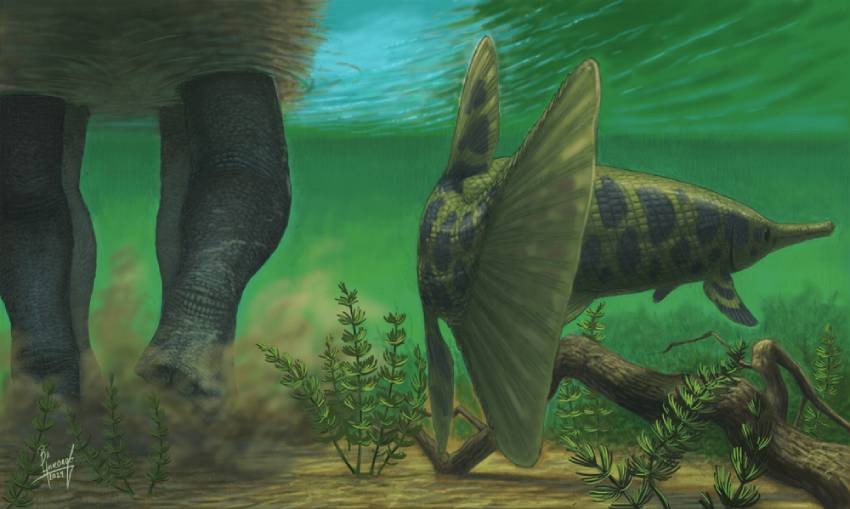What was the animal world like in the region of what is today the town of Trun more than 80 million years ago – that is the question paleontologists from the Bulgarian Academy of Sciences’ National Museum of Natural History have been trying to answer. More than 30 fossils of vertebrates have been collected as a result of their summer expedition taking place near Trun for the 7th year running. They have been dated to the late Cretaceous period.
The fossils found include bones from large reptiles, crocodile teeth, a lot of fragments, among them tortoise shells, teeth from fish no longer to be found in Europe, frog bones as well as hitherto unknown fossils which the scientists say will most probably turn out to be insect fossils from the age of dinosaurs. What all this shows, the paleontologist say, is that there once existed an exceedingly rich ecosystem in the region of Trun which will, from a scientific point of view, help fill in the blanks about life in these parts 80 million years ago.
Compiled by Gergana Mancheva
Translated and posted by Milena Daynova
Photos:National Museum of Natural History of the Bulgarian Academy of Sciences
The newest exhibition at the National Museum of Military History in Sofia, 'War and the Creatives: A Journey Through Darkness' opens today, offering free entry as a gesture to those who were unable to visit during the recent renovations. Rather than..
A 5,000-year-long history lies hidden in the ruins of the medieval fortress “Ryahovets” near the town of Gorna Oryahovitsa where active excavations began ten years ago. On this occasion, on November 17, the Historical Museum in Gorna Oryahovitsa..
Just days ago, archaeologists uncovered part of the complex underground infrastructure that once served the Roman baths of Ratiaria - one of the most important ancient cities in Bulgaria’s northwest. Founded in the 1st century in the area of..

+359 2 9336 661
